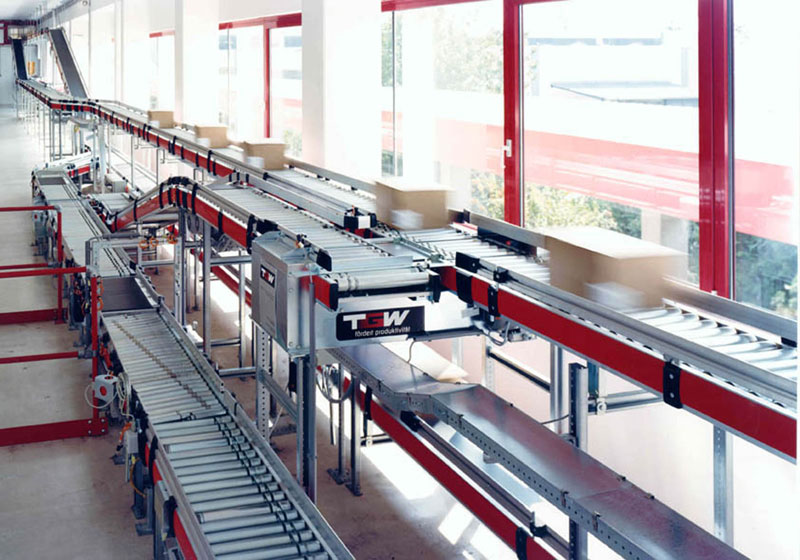Our previous article introduced the three main categories of bottlenecks that apply to a manufacturing operation: demand in, people around, and flow through. Part 1 of this series went deeper on the subject of demand in.
This article will discuss the subject of flow through in more detail, along with how to understand and think about solutions to flow challenges.
Flow through is the primary domain of most people in manufacturing, production, and operations, as well as their supporting counterparts in purchasing and supply chain. Their daily activities orchestrate the steps that transform a bunch of “stuff” into something new that a customer wants to buy.
This domain can get jumbled with jargon due to the complexity of the actions (OEE, OTD, CTP, MPS, etc) and if the jargon is not clearly defined and connected to the overall system of actions, it can get confusing and introduce local optimization that works against the system as a whole.
To start, consider the two basic approach to making things:
- Batch and push – this is the working nature of a mass production system. Each step in the process works to its highest utilization, turning out as many (hopefully good) parts as possible, with as few changeovers as possible, and putting them somewhere until the next process is ready to use them. Items are produced and moved in batches, then pushed into the next phase of the operation.
- Flow and pull – this is the working nature of a lean system. Each step in the process works to fulfill demand provided to it by a connected downstream process, at a pace and mix equal to customer demand, changing over quickly and often, with checks in place to ensure quality. Items are produced and moved in small lots or single pieces and pulled into the next phase of the operation.
Although the concept of removing/reducing “waste” is accepted as a core element of improving a lean system, it can be misleading when used incorrectly or within the wrong framework. Someone in a mass production system might say that anything reducing OEE is “waste” and seek to eliminate it, but that would only take them further from a flow system.
A different way to understand it would be to build a system that works via flow and pull, and then work to make that flow as smooth as possible. Waste removal can be applied as a way to see “non-flow” because it’s easier to visualize, but the end goal of flow creation is the same. To take an extreme example, if you have 100% waste there is 0% flow but if you have 0% waste you don’t necessarily have 100% flow. When using lean correctly as a business growth system, a focus on flow will create a platform for more results faster than a focus on waste reduction in most cases.
So if we agree that flow and pull is the system we want, how do we know if we have a flow-through bottleneck and what should we do about it?
Generally, the symptoms of a flow-through bottleneck are low first pass yield, too long or unpredictable lead times, poor on-time delivery rates, piles of work in process inventory, and decreasing productivity. In many operations, these metrics are either not being measured or are not being measured in the right way at the right level. These symptoms are not easy to visualize by looking at financial statements or specific work area metrics, and if they’re not easy to visualize they’re even tougher to solve correctly.
Diagnosing these symptoms to understand the real cause and resolve it at a systemic level must be done with real-world flow analysis, data verification, and process mapping. Combine that material and information flow analysis (MIFA) into a material and information flow diagram (MIFD) to create a shared vision of the current situation shared by everyone involved. Once that shared vision exists, you can apply the experience of transformation experts to make the right changes in the right order to implement a better system.
The action step of a shared vision with everyone involved is a good step to understanding the next bottleneck: people around, which will be published as part 3 of this series.



